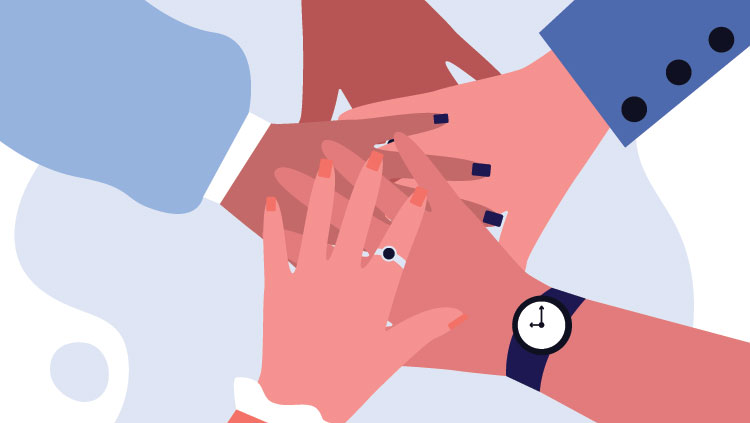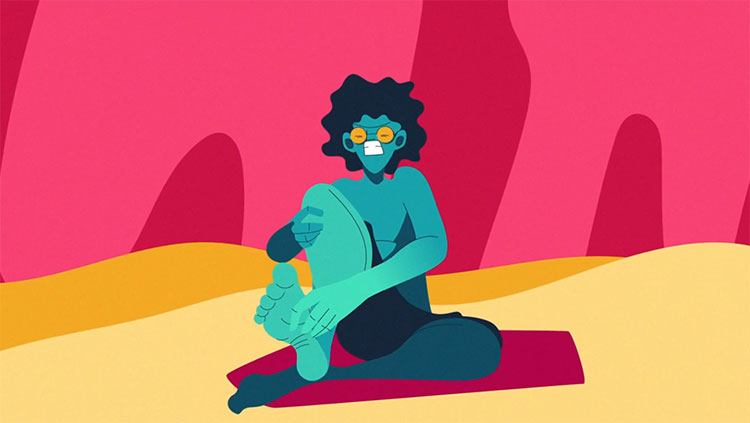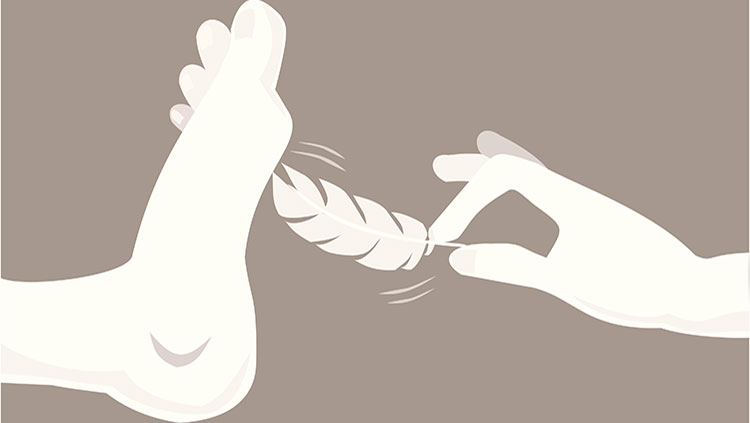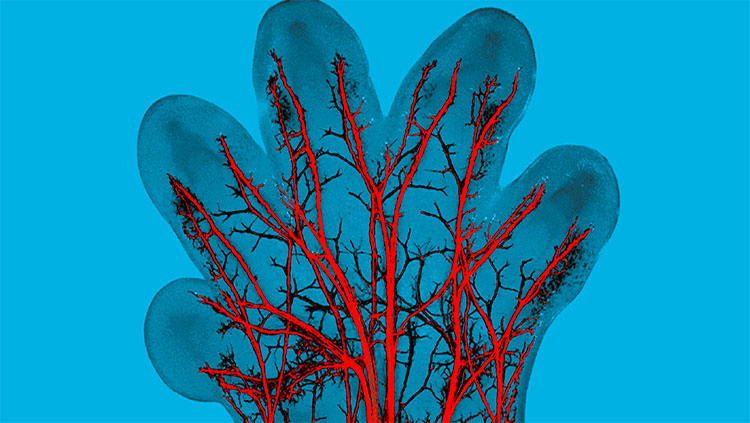The Skin: An Extension of Our Heart
- Published11 Jan 2024
- Source BrainFacts/SfN
Our skin, the largest organ of the human body, is dotted with neurons that help detect when something or someone touches us. Touch is one of the oldest senses on the evolutionary tree and essential for survival. A warm embrace or a cuddle with a cat can be calming, thanks to a neurological process that connects the sensation of touch and the amygdala — making touch its own anti-anxiety elixir.
This is a video from the 2023 Brain Awareness Video Contest.
Created by Angelica Alvarez.
CONTENT PROVIDED BY
BrainFacts/SfN
Transcript
How would you like to increase your life expectancy, be happier, and have less stress? I'll show you one option. Did you know our skin is the largest organ in the human body? The only sense we cannot live without is touch. It's the mother of all senses, being the first sensory system to be developed in all animal species. Basic touch system is the primary survival mechanism found in all mammals and it also applies to humans.
Touch the core of human bonds, and it's the establishment of social relationships. It's the foundation of our human experience, and it is 10 times stronger than any verbal or emotional contact. In other words, it’s our social glue.
Probably, you are familiar with the word oxytocin. This hormone helps us out to reduce the release of cortisol, the stress hormone. Human touch helps us to regulate our sleep, build our immune system, reduce our blood pressure, and fight infections.
Now, let me explain to you the neurobiology behind this. Neuroimaging studies revealed that touch activates neural circuity, including the insula, the anterior cingulate cortex, and the orbitofrontal cortex, one of the possible neural pathways which mediate touch acting as a safety signal. It's the inhibition of the amygdala, or fear response via the posterior insula.
So now let me introduce you with the amygdala. This little guy helped us out to form the core of neural system for processing fearful and threatening stimuli. It's responsible for detection of threat and the appropriate behaviors in response to threatening or dangerous stimuli.
Basically, it's our neural center of fear. The amygdala triggers the release of the stress hormones that are responsible for the physiological changes associated with fear, panic, and anxiety. To be more specific, the basolateral amygdala is involved in fear learning, while its central nucleus is involved in the expression of fear.
So now, let's imagine that you hug your dog or your partner. It will start a buttom-up process that can be defined on how the information through travels up from these stimuli via your senses and finally arrives to the brain, which is in charge of the interpretation. This tactile perception is processed in the insular cortex. It will start a down regulation of the amygdala activity throughout the input of the orbitofrontal cortex and the insula.
A calming or relaxing effect of touch might based on the signaling safety that means this absence of danger on a neurobiological level. Any sense of touch potentially acts as a safety signal when you are in a stressful environment. The amygdala is activated to allow for rapid reactions via the stress axis.
First one we have the HPA axis: That is your hypothalamus-pituitary-adrenal, which secretes cortisol. This axis will increase energy from storage and regulate your immune system. And on the other hand, we have the SAM axis: That is your sympathetic-adreno-medullar, which secretes norepinephrine. In this case, it will cause an increase in your heart rate, respiration rate, and blood pressure. Touch has a regulating influence in the amygdala and can therefore reduce the stress response.
The pathway via the insula, as you can see here, is also involved in stress. So it potentially reduces the effects of touch. So now let me ask you, did you already kiss your partner today? Hug your parents? Hold your children's arm today? Touch is connection and identity, and it's critical and needs to be a greater part of our lives.
Also In Touch
Trending
Popular articles on BrainFacts.org

















